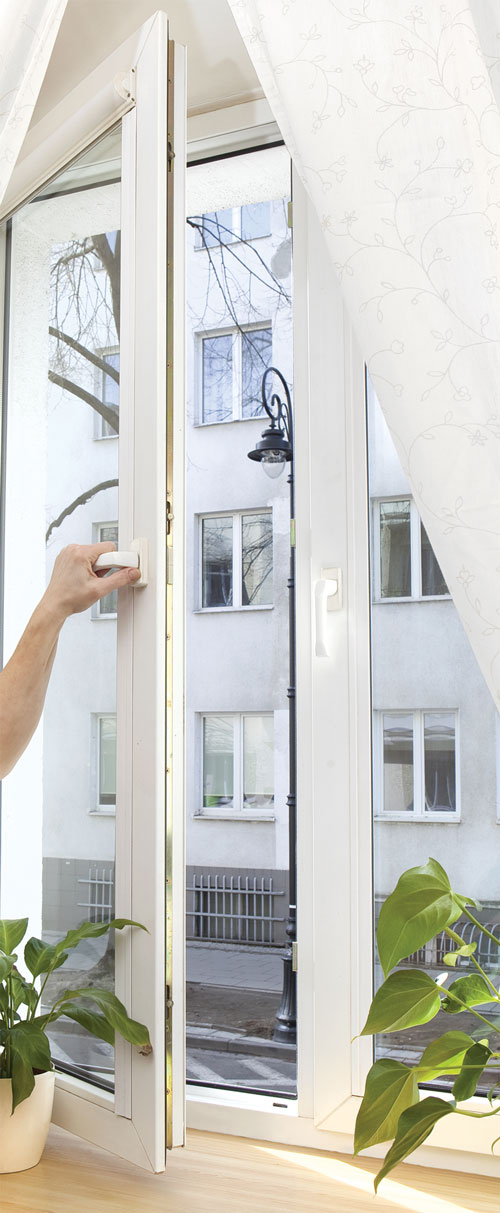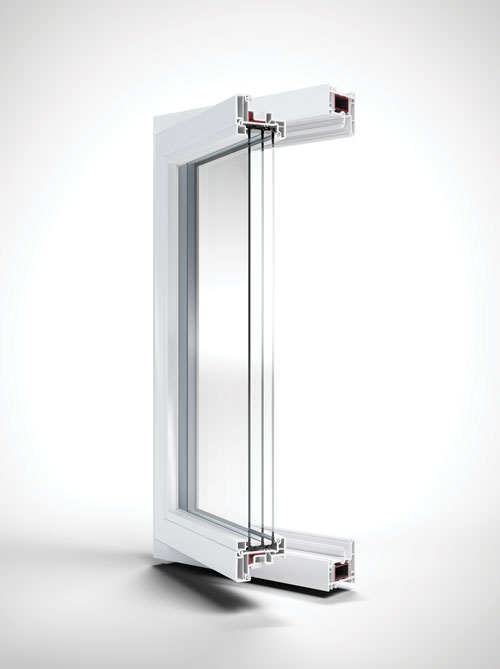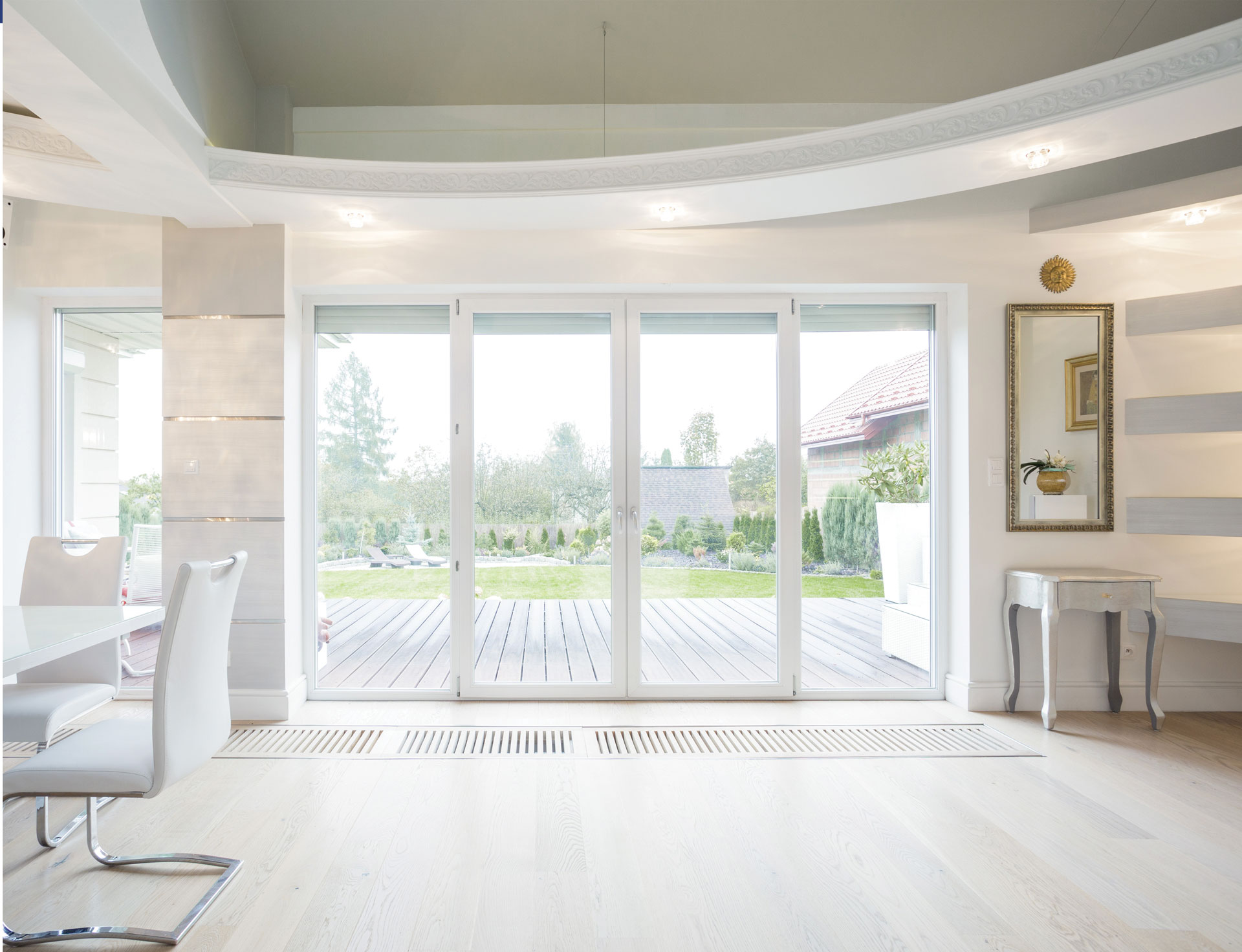The most widely used materials in window production are wood, aluminum and PVC. Whereas wood may offer good results in terms of insulation, it is not preferred much due to its frequent maintenance requirement, easily deforming structure and high cost. Aluminum has high resistance but low insulation properties and it is not cost-effective; which makes it not that advantageous. PVC windows, on the other hand, offer good insulation, durability and longevity without any maintenance needs, suitable design, high resistance with support elements and cost effectiveness when compared to wooden and aluminum windows, which make them the most preferred product.
In the past, there were contradictory arguments about use of PVC as a production material. However, scientific researches show that PVC has become a material that contributes in sustainable development thanks to contemporary production methods and processing standards. This especially applies to the windows made from PVC profiles.

PVC windows have a good cost/benefit ratio.
PVC windows offer significant cost advantages both when purchasing and throughout their economic life. Wooden windows are 20-30% more expensive than PVC profiles, and aluminum windows are 30% more expensive, making them the most expensive alternative. Considering their high energy-efficiency potential and their need for minimum maintenance throughout their economic life that is longer than 50 years, they also provide savings in the long term.
PVC windows are easy to maintain.
It is extremely easy to maintain high-quality PVC windows and they require minimum maintenance. On the other hand, wooden windows require replacement of glass every two years and painting every five years. The state-of-the-art technology product PVC granule is extremely resistant to weather conditions and sunlight. Since the smooth surfaces of the profiles are easy to maintain, the single thing you will need to clean the window frames is dishwashing liquid.
PVC windows are remarkably resistant.
Unlike wooden windows, PVC windows have particularly long economic life. High-quality windows shine out for their resistance to deformation and high functionality for long years. Considering their economic life no less than 50 years, PVC windows are also a great investment in terms of protecting the value of a building.
PVC windows have a perfect eco-balance.
PVC windows are 100% recyclable; thus, they offer savings on natural resources. Whereas 40% of the entire reserve of gas and petrol around the world is used for heating and providing energy to buildings, only 1% of such 40% is used for PVC production. While they are recyclable, PVC profiles contribute in protection of the environment by aiding in creating a perfect ecological balance thanks to their durability and low levels of pollution. PVC windows have longer economic life compared to wooden windows, and they consume significantly less energy during production.

Important information on PVC in window industry
Only 4% of the gas and oil reserves of the world are used to produce plastic; out of which only 1% is used to manufacture PVC. 40% of the entire reserve of gas and petrol around the world is used for heating and providing energy to buildings.
The main component of PVC is chlorine that is extracted from mineral salt; and crude oil only makes up 43% of the material.
PVC windows rank the first in its class in terms of ecological balance and in eco-efficiency analyses. New PVC windows offer an economic life that is longer than 50 years. PVC manufacturers make certain commitments regarding the environment and ecological and sustainable production processes.
The PVC content of windows are recycled in order to manufacture PVC granules and can be used for at least seven times more in window production.

